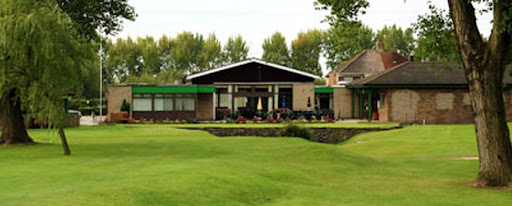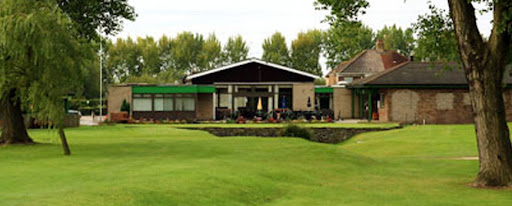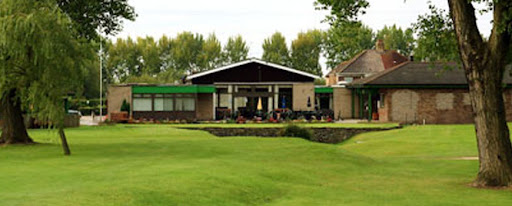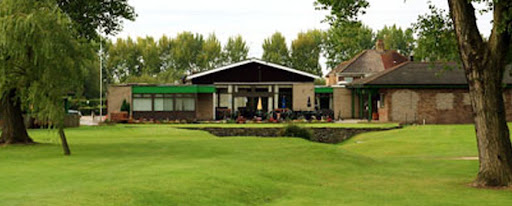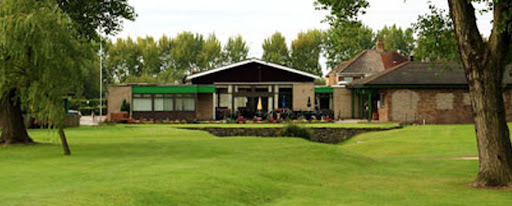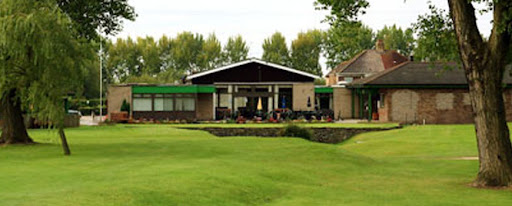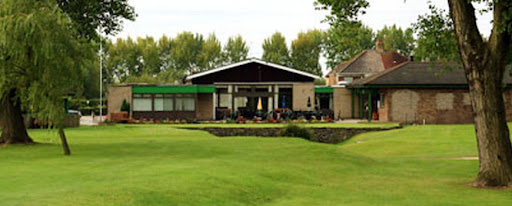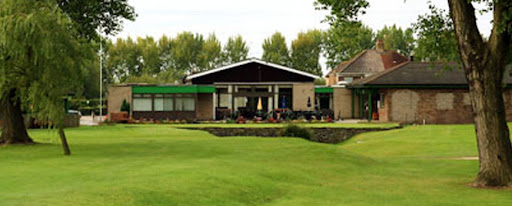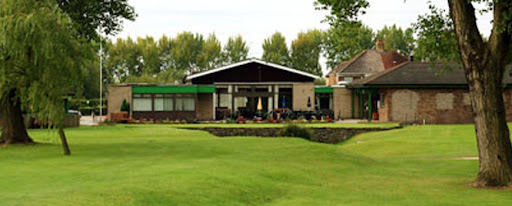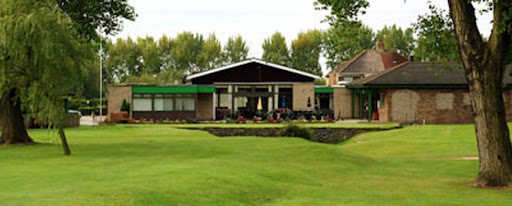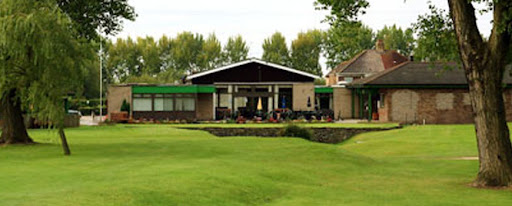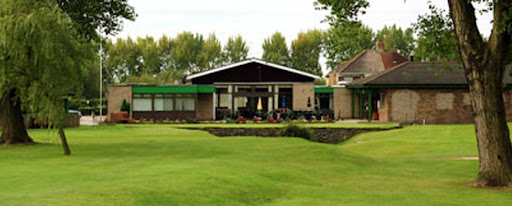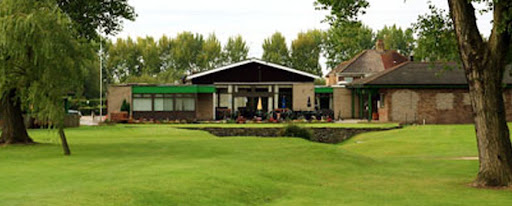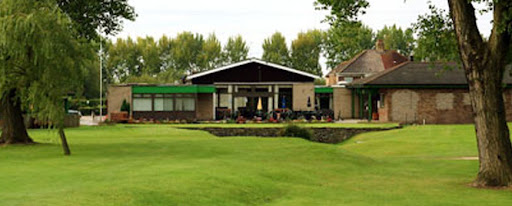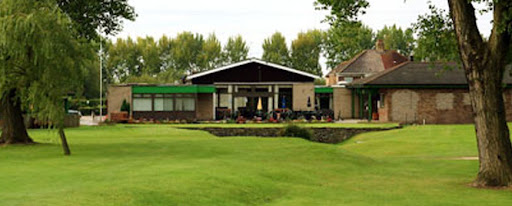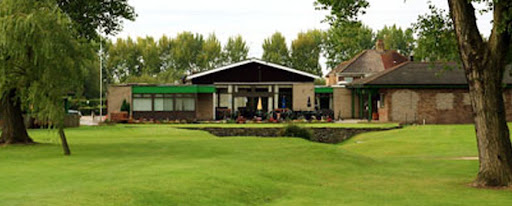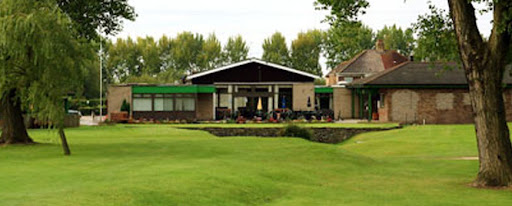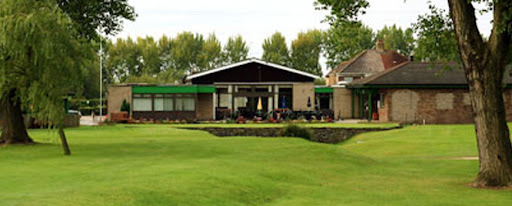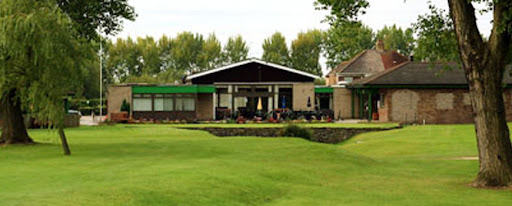Golf Club Property Insurance: Course, Clubhouse & Equipment Protection
Golf clubs represent significant investments in property, equipment, and facilities that require comprehensive insurance protection. From pristine fairways and greens to clubhouse facilities and expensive maintenance equipment, golf clubs face unique risks that standard property insurance may not adequately cover. Understanding the specific insurance needs of golf clubs is essential for protecting these valuable assets and ensuring business continuity.
Understanding Golf Club Property Risks
Golf clubs face a diverse range of property-related risks that can result in substantial financial losses. The outdoor nature of golf courses exposes them to weather-related damage, while clubhouse facilities face the same risks as any commercial property. Additionally, the specialized equipment required for course maintenance represents a significant investment that needs protection.
Weather-Related Risks
Golf courses are particularly vulnerable to weather-related damage due to their expansive outdoor nature. Severe storms can damage greens, fairways, and landscaping, while flooding can render courses unplayable for extended periods. Hail damage to greens and tees can require expensive restoration work, and lightning strikes can damage irrigation systems and electronic equipment.
Wind damage poses another significant threat, potentially uprooting trees, damaging structures, and affecting course playability. Drought conditions can stress turf and increase maintenance costs, while excessive rainfall can lead to waterlogging and course closure. These weather-related risks require specialized coverage that understands the unique nature of golf course operations.
Clubhouse and Facility Risks
The clubhouse serves as the social and commercial hub of most golf clubs, housing restaurants, pro shops, meeting rooms, and administrative offices. These facilities face traditional property risks including fire, theft, and vandalism, but also unique challenges related to their role in hospitality and retail operations.
Kitchen fires in clubhouse restaurants represent a significant risk, as do slip-and-fall accidents in dining areas and locker rooms. Pro shop inventory, including expensive golf equipment and apparel, requires protection against theft and damage. Meeting rooms and event spaces may contain valuable audio-visual equipment and furnishings that need coverage.
Equipment and Machinery Risks
Golf course maintenance requires specialized and expensive equipment, from mowers and aerators to irrigation systems and golf carts. This equipment is essential for maintaining course quality and playability, making its protection crucial for business operations.
Maintenance equipment faces risks from mechanical breakdown, theft, and accidental damage. Golf carts, whether owned or leased, require coverage for collision damage and theft. Irrigation systems, often representing substantial investments, need protection against damage from weather, vandalism, or mechanical failure.
Essential Coverage Components
Comprehensive golf club property insurance should include several key coverage components to address the unique risks faced by these facilities. Each component plays a vital role in protecting different aspects of the golf club operation.
Buildings and Structures Coverage
This fundamental coverage protects the clubhouse, pro shop, maintenance buildings, and other structures on the property. Coverage should include the building structure itself, as well as fixtures, fittings, and permanently installed equipment. This includes kitchen equipment in clubhouse restaurants, built-in furniture, and specialized installations like golf simulators.
The coverage should extend to outdoor structures such as bridges, cart paths, tee boxes, and shelters. These structures, while not traditional buildings, represent significant investments and are essential for golf course operations. Proper valuation of these structures is crucial to ensure adequate coverage limits.
Course and Grounds Coverage
Specialized coverage for golf course grounds addresses the unique nature of maintaining pristine playing conditions. This coverage can include the cost of re-establishing damaged greens, tees, and fairways following covered events. The coverage recognizes that golf course turf represents a significant investment in time and money to establish and maintain.
This coverage may extend to landscaping, trees, and ornamental features that contribute to the course's aesthetic appeal and playing experience. Some policies may also cover the cost of temporary measures to maintain playability while repairs are being completed, helping to minimize business interruption.
Equipment and Machinery Coverage
Comprehensive equipment coverage protects the substantial investment in maintenance and operational equipment. This includes mowers, aerators, tractors, utility vehicles, and specialized course maintenance tools. Coverage should address both owned and leased equipment, with appropriate limits reflecting replacement costs.
Golf cart coverage is particularly important, whether for owned fleets or coverage for member-owned carts stored on the property. The coverage should address collision damage, theft, and vandalism, as well as liability issues related to cart operation.
Business Personal Property Coverage
This coverage protects moveable property within the clubhouse and other facilities, including furniture, fixtures, inventory, and equipment. For golf clubs, this includes pro shop merchandise, restaurant equipment and supplies, office equipment, and member storage items.
The coverage should account for seasonal variations in inventory levels, particularly in pro shops that may stock up for peak playing seasons. Proper inventory management and regular valuations help ensure adequate coverage limits.
Specialized Golf Club Considerations
Golf clubs have unique operational characteristics that require specialized insurance considerations. Understanding these factors is essential for securing appropriate coverage and avoiding potential gaps in protection.
Seasonal Operations
Many golf clubs experience significant seasonal variations in operations, with peak activity during warmer months and reduced operations during winter. This seasonal pattern affects both risk exposure and coverage needs. Insurance policies should account for these variations, potentially offering seasonal adjustments in coverage limits or premiums.
Seasonal considerations also affect equipment storage and maintenance schedules. Equipment may be stored differently during off-seasons, potentially affecting coverage requirements. Seasonal employees may require different liability considerations compared to year-round staff.
Member vs. Public Operations
The operational model of the golf club affects insurance needs and risk exposure. Private member clubs face different risks compared to public courses, particularly regarding liability and property access. Member clubs may have different security considerations and may store member property that requires coverage.
Public courses typically have higher traffic volumes and may face increased risks from property damage and theft. The transient nature of public course users may create different liability exposures compared to member clubs with established relationships.
Tournament and Event Hosting
Golf clubs that host tournaments or special events face additional property risks during these activities. Increased foot traffic, temporary structures, and equipment can create heightened exposure to property damage. Insurance coverage should address these temporary increases in risk exposure.
Event hosting may require additional coverage for temporary structures, increased liability limits, and coverage for event-specific equipment. The frequency and scale of events hosted should be considered when determining appropriate coverage levels.
Valuation and Coverage Limits
Proper valuation of golf club property is crucial for ensuring adequate insurance coverage. The unique nature of golf club assets requires specialized approaches to valuation that account for replacement costs, business interruption potential, and specialized equipment values.
Course Valuation Challenges
Valuing golf course property presents unique challenges due to the specialized nature of the asset. Traditional property valuation methods may not adequately reflect the cost of re-establishing mature landscaping, specialized turf varieties, or irrigation systems. Professional appraisals should consider the time and cost required to restore course conditions to pre-loss standards.
The valuation should account for the expertise required to restore course conditions, including specialized contractors and materials. Seasonal considerations may affect restoration timelines and costs, particularly for turf establishment and maturation.
Equipment Depreciation and Replacement
Golf course equipment experiences significant depreciation due to heavy use and exposure to outdoor conditions. Insurance valuations should reflect current replacement costs rather than depreciated values to ensure adequate coverage for equipment replacement.
Regular equipment inventories and valuations help maintain appropriate coverage limits as equipment is added, replaced, or disposed of. The specialized nature of golf course equipment may require expert appraisals to determine accurate replacement values.
Business Interruption Considerations
Property damage at golf clubs can result in significant business interruption, particularly during peak playing seasons. Coverage limits should reflect the potential loss of revenue from course closure, reduced operations, or facility limitations. Seasonal revenue patterns should be considered when determining appropriate business interruption limits.
The time required to restore golf course conditions may extend beyond typical property restoration timelines, particularly for turf re-establishment. Business interruption coverage should account for these extended restoration periods.
Risk Management and Prevention
Effective risk management can help golf clubs minimize property risks and potentially reduce insurance costs. Implementing comprehensive risk management strategies demonstrates commitment to loss prevention and may result in favorable insurance terms.
Maintenance and Inspection Programs
Regular maintenance and inspection programs help identify potential problems before they result in significant property damage. This includes routine inspection of buildings, equipment, and course infrastructure. Preventive maintenance schedules for equipment help reduce the risk of mechanical breakdown and extend equipment life.
Documentation of maintenance activities provides valuable information for insurance claims and may demonstrate due diligence in property care. Regular professional inspections of critical systems like irrigation and electrical systems help identify potential issues early.
Security Measures
Implementing appropriate security measures helps protect against theft and vandalism. This may include security systems for buildings, equipment storage areas, and high-value items. Proper lighting and surveillance systems can deter criminal activity and provide evidence in case of incidents.
Equipment security is particularly important given the high value and portability of many golf course maintenance tools. Secure storage facilities and equipment tracking systems help protect these valuable assets.
Weather Monitoring and Preparation
Weather monitoring systems help golf clubs prepare for severe weather events and minimize potential damage. This includes monitoring systems for lightning, severe storms, and other weather threats. Proper preparation procedures can help protect equipment and facilities when severe weather threatens.
Emergency response plans should address property protection procedures, including equipment securing, facility preparation, and post-storm assessment protocols. Staff training on emergency procedures helps ensure effective response to weather threats.
Claims Process and Documentation
Understanding the insurance claims process and maintaining proper documentation helps ensure smooth claims resolution when property damage occurs. Golf clubs should establish procedures for documenting losses and working with insurance adjusters.
Pre-Loss Documentation
Maintaining comprehensive documentation of property conditions, equipment inventories, and facility features helps support insurance claims. This includes photographs, maintenance records, and equipment specifications. Regular updates to documentation ensure accuracy and completeness.
Financial records demonstrating property values, maintenance investments, and operational costs provide important support for claims valuation. Professional appraisals and valuations should be updated regularly to reflect current conditions.
Post-Loss Procedures
Establishing clear procedures for responding to property damage helps ensure proper claim documentation and minimize additional losses. This includes immediate notification procedures, temporary protection measures, and documentation requirements.
Working effectively with insurance adjusters and restoration contractors helps ensure proper claim resolution. Understanding policy terms and coverage limits helps set appropriate expectations for claim settlements.
Choosing the Right Insurance Partner
Selecting an insurance provider with experience in golf club operations ensures access to specialized knowledge and appropriate coverage options. Golf clubs have unique needs that require understanding of the industry and its specific risks.
Industry Experience
Insurance providers with golf club experience understand the unique risks and coverage needs of these operations. This experience translates into more appropriate coverage recommendations and better claims handling when losses occur.
Providers familiar with golf club operations can offer risk management guidance specific to the industry and may have relationships with specialized contractors and service providers.
Coverage Flexibility
Golf club operations vary significantly in size, scope, and operational model. Insurance providers should offer flexible coverage options that can be tailored to specific needs and risk profiles. This includes seasonal adjustments, varying coverage limits, and specialized endorsements.
The ability to adjust coverage as operations change or expand ensures continued adequate protection. Providers should offer regular policy reviews to ensure coverage remains appropriate.
Claims Service
Quality claims service is crucial when property damage occurs, particularly given the specialized nature of golf club operations. Providers should have experience handling golf club claims and access to qualified adjusters and contractors.
Prompt claims response helps minimize business interruption and ensures proper restoration of facilities and equipment. Understanding of golf club operations helps ensure appropriate claim settlements.
Conclusion
Golf club property insurance requires specialized coverage that addresses the unique risks faced by these operations. From weather-related damage to equipment breakdown, golf clubs face diverse property risks that require comprehensive protection. Understanding these risks and securing appropriate coverage helps protect the significant investments in facilities, equipment, and course conditions that define successful golf club operations.
Working with experienced insurance professionals who understand golf club operations ensures access to appropriate coverage options and expert guidance on risk management. Regular policy reviews and updates help maintain adequate protection as operations evolve and property values change.
The investment in comprehensive property insurance protection provides peace of mind and financial security, allowing golf club operators to focus on providing exceptional experiences for members and guests while knowing their property assets are properly protected.


 0330 127 2333
0330 127 2333
